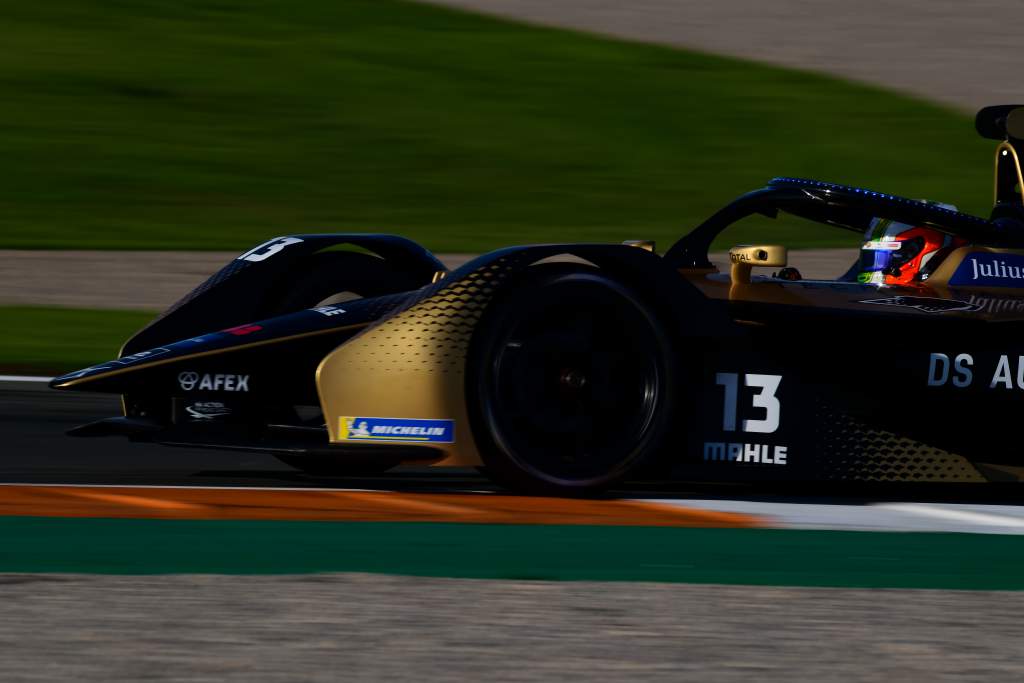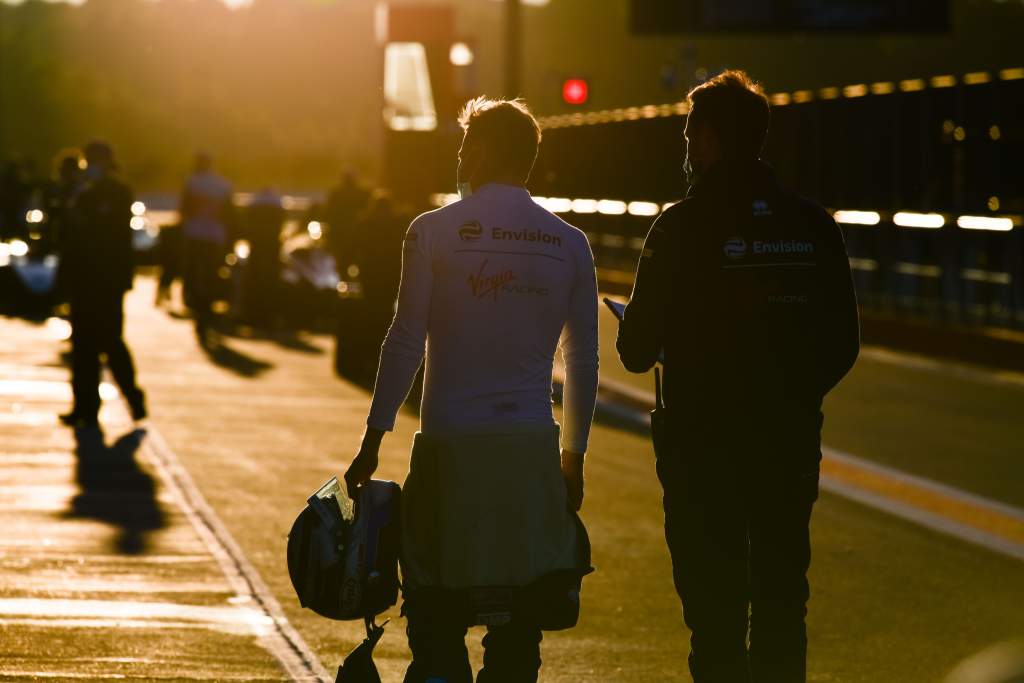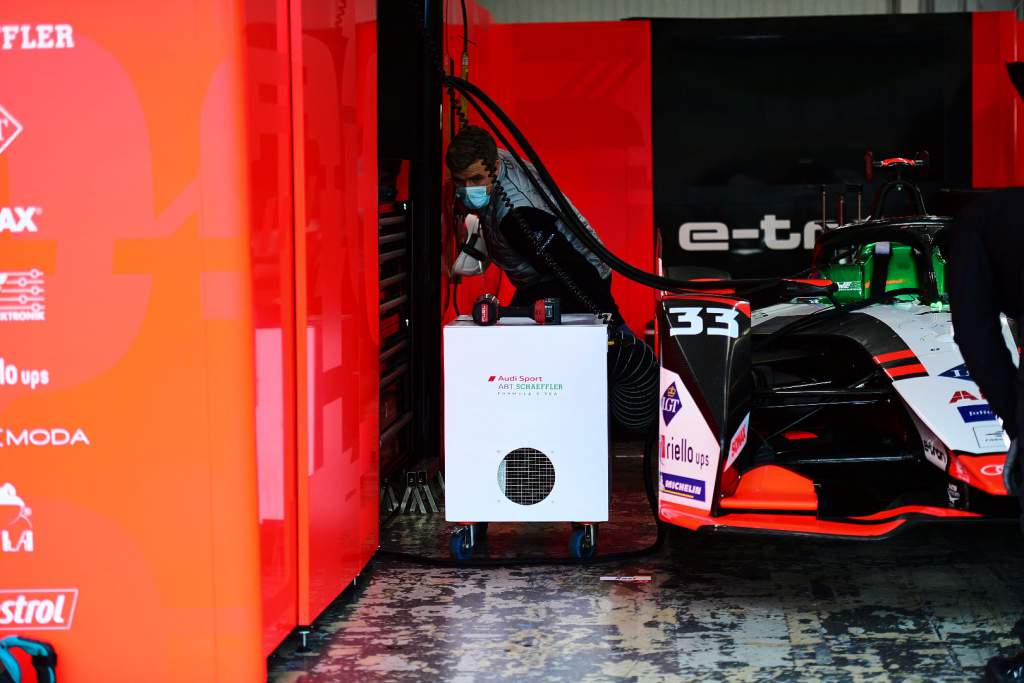A raft of changes to the ABB FIA Formula E World Championship technical regulations have been confirmed by the FIA for the 2021 season, which is now scheduled to start in February with the Diriyah E-Prix double-header.
Items that were discussed at Formula E technical working group meetings earlier this year have now been mandated and include changes to the much debated throttle maps and software options.
Throttle maps were introduced for the 2019/20 season after most teams were suspected to have applied software to ersatz traction control systems in the 2018/19 campaign, the first of the Gen2 era.
Manufacturers must now homologate “both the S7 (2020/21) and S8 (2021/22) throttle pedal maps” according to the updated regulations, with the coming season maps “declared at least seven days prior to its first race use in the world championship”.
Manufacturers are able to declare the 2021/22 maps at the end of the manufacturers’ private testing period, which has a present deadline of April 30.
Another change is that a limit of six software updates from the 2021/22 season onwards. This compares with one update per event for the upcoming season.
These limitations were brought in along with a raft of other measures that are designed to cut costs for manufacturers.

The software cull has been met with scepticism by many engineers in the paddock because many believe that the savings will be minimal and that actually some extra ‘developer’ resources may be needed in addition to investment in new processes and methodology for verifying the updates.
Extra clarity and detail on Formula E gearbox and driveshaft definitions are also included in the latest draft.
The Race understands that this was provided to further control development and address some vagueness in the previous draft of the rules.
Specifically the driveshaft definition has been deliberately detailed so that the limitation on the numbers allowed for the 2020/21 season could not be circumvented.
Other changes include detail on the new weight distribution and the seat ballast rule which The Race covered back in May.
The total weight of the driver with their foam seat, FIA extractable seat shell and driving equipment, must now be no less than 80kg at all times during a Formula E event and comes into line with a similar rule in Formula 1.
Ballast will still be used in Formula E and is to continue to be located on the keel of the car.
The weight distribution has also been set at “between 40.5% and 42.5% for the front”, with the driver in the cockpit. This differs from the previous 37.5% to 39.5%.

Maximum MGU speed (100K rpm) and the number of allowed bearings have been formally confirmed after being agreed at technical working group stages.
Conditioners will now be allowed for use in gearboxes and a new temperature control device in the auxiliary battery has been set to avoid fires. This component joins battery, e-motor, DC-DC, ECU and the inverter in allowing conditioners.
There will also be a new ‘P3 mode’ that has been outlined to improve grid safety. Teams will be unable to energise a high voltage until the three minute board when the grid is cleared and then at 60-seconds to go drivers can engage ‘ready to drive’ mode.






